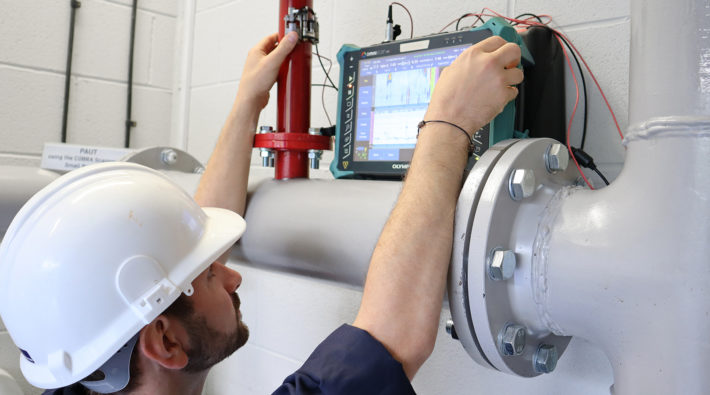The world of technology is ever-evolving, and one of the most fascinating areas of growth is in innovations in synchronization technologies. For industry QA professionals, understanding these innovations is crucial to ensure high-quality standards and efficiency in operations.

The Importance of Synchronization in Industry
Synchronization is vital in various industrial processes. It ensures that different components of a system work in harmony, leading to improved efficiency and productivity. With the advent of new technologies, synchronization has become even more sophisticated, offering unprecedented precision and reliability.
Key Areas of Synchronization
Various sectors benefit from synchronization, including manufacturing, automotive, and telecommunications. In manufacturing, for instance, synchronization ensures that machines and processes align perfectly, reducing downtime and increasing output. In telecommunications, synchronization is essential for data transmission, ensuring signals are sent and received accurately.
Recent Innovations in Synchronization
Recent years have seen significant advancements in synchronization technologies. These innovations have revolutionized how industries operate, providing more accurate and reliable systems. One of the most notable innovations is the use of advanced algorithms and AI to enhance synchronization. These technologies enable systems to self-correct and adapt to changes in real-time, ensuring optimal performance.
AI and Machine Learning
AI and machine learning have become integral to synchronization technologies. They allow systems to learn from past data and make adjustments automatically, reducing the need for manual intervention. This leads to increased efficiency and reduced errors, ultimately improving product quality.
The Role of Cloud Computing
Cloud computing has also played a significant role in advancing synchronization technologies. By leveraging the cloud, industries can access powerful computing resources and storage capabilities, enabling more complex synchronization tasks. This has opened up new possibilities for real-time data processing and analysis, further enhancing synchronization accuracy.
Benefits of Cloud-Based Synchronization
Cloud-based synchronization offers numerous benefits, including scalability, flexibility, and cost-effectiveness. Industries can scale their operations up or down as needed, without investing in expensive hardware. Additionally, cloud-based solutions provide greater flexibility, allowing industries to adapt to changing demands and requirements.
Impact on Quality Assurance
For QA professionals, these innovations in synchronization technologies are game-changers. They provide more accurate and reliable data, enabling better decision-making and improved quality control. With these technologies, QA teams can identify issues faster and implement solutions more effectively, leading to higher quality products and services.
Enhancing Inspection Processes
Synchronization technologies have significantly enhanced inspection processes. For example, in the automotive industry, synchronization ensures that inspection tools work in unison, providing more accurate and consistent results. This is crucial for maintaining high safety and quality standards.
To learn more about how synchronization impacts inspection processes, check out Synchronization of Optical Inspection Devices.
Future Trends in Synchronization
As technology continues to advance, the future of synchronization looks promising. Emerging trends include the integration of the Internet of Things (IoT) and blockchain technology. These technologies offer new opportunities for synchronization, enabling more secure and efficient systems.
IoT and Blockchain
The IoT connects devices and systems, allowing them to communicate and synchronize seamlessly. This connectivity enhances synchronization capabilities, leading to more efficient operations. Blockchain, on the other hand, offers secure and transparent data sharing, ensuring data integrity and trust in synchronized systems.
Conclusion
In conclusion, innovations in synchronization technologies are transforming industries, providing more accurate, reliable, and efficient systems. For industry QA professionals, staying abreast of these innovations is crucial to maintaining high-quality standards and ensuring operational excellence.
For further insights into the role of synchronization in industry, visit HSE Equipment Inspection.

FAQs
What are synchronization technologies?
Synchronization technologies ensure that systems and processes work in harmony, enhancing efficiency and productivity.
How do AI and machine learning impact synchronization?
AI and machine learning enable systems to self-correct and adapt, improving synchronization accuracy and efficiency.
What is the future of synchronization technologies?
The future of synchronization technologies includes the integration of IoT and blockchain, offering more secure and efficient systems.
This article contains affiliate links. We may earn a commission at no extra cost to you.
